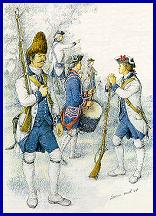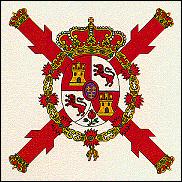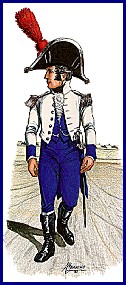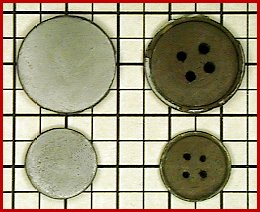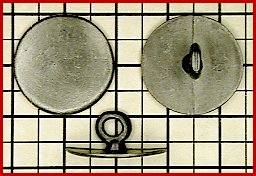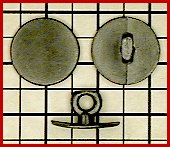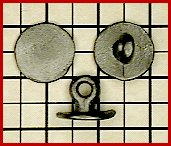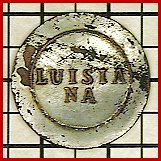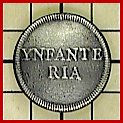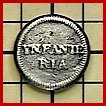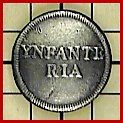 |
Initially established and manned by peninsular Spanish regulars in 1765 as an infantry battalion to occupy Luisiana, acquired from France three years earlier, what would ultimately become the veteran and professional Regimiento de Infantería de Luisiana formed the core of Spain's military establishment in Louisiana and, later, in the Spanish Floridas until it faded into oblivion during the terminal period of Spain's colonial tenure in North America. |

